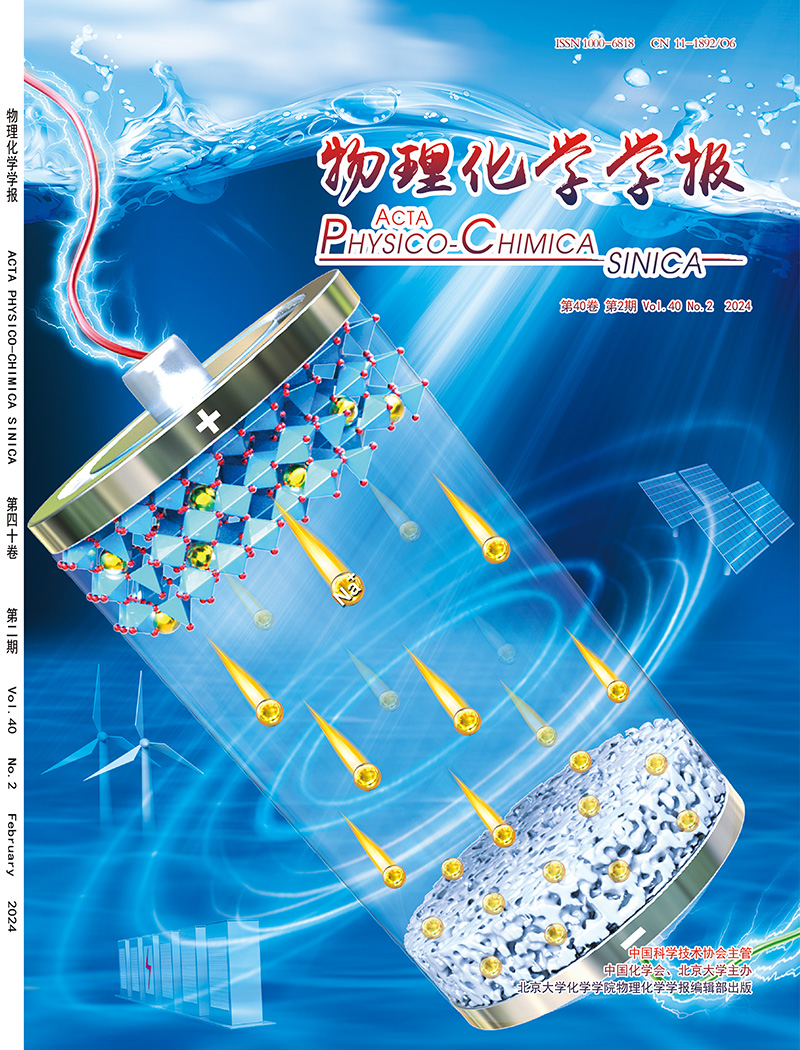Catalysts for electrocatalytic dechlorination of chlorinated aromatic hydrocarbons: synthetic strategies, applications, and challenges
IF 13.5
2区 化学
Q1 CHEMISTRY, PHYSICAL
引用次数: 0
Abstract
Electrocatalytic hydrodechlorination (EHDC) is a promising technology for degrading chlorinated aromatic hydrocarbons (CAHs), offering high efficiency, minimal secondary pollution, and mild operating conditions. Its effectiveness relies on three critical steps: atomic hydrogen (H∗) generation, C-Cl bond cleavage, and adsorption/desorption of CAHs/products. Developing high-performance electrocatalysts is essential to optimize energy efficiency and cost-effectiveness. It is urgent to summarize research progress on design strategies for catalysts and establish fundamental principles. In this review, we first summarize commonly deployed measurement methods and metrics for assessing catalyst activity and stability in EHDC. Then, a series of strategies for enhancing the production of H∗, facilitating the cleavage of C-Cl bonds, and optimizing the adsorption and desorption kinetics of CAHs and their intermediates/products on the catalyst surface are summarized. These strategies include the loading of catalysts on carbon-based/transition-based support to enhance the dispersion of Pd; constructing heterostructures or forming alloys to modulate the electronic structure of active metal nanocatalysts and optimize its binding affinities with reactants and intermediates; and modulating the microenvironment to modify the interface hydrophilicity/hydrophobicity of catalyst to increase reaction rates or improve stability of catalysts. Additionally, the applications of electrocatalysts for EHDC in recent years, such as Pd-based supported electrocatalysts, Pd-based heterostructure electrocatalysts, Pd-based alloy electrocatalysts, and noble-metal-free electrocatalysts are discussed, as well as the influence of catalyst composition on performance. It is noted that the EHDC efficiency of CAHs is influenced not only by the catalyst but also significantly correlated with the structure of CAHs. Thus, the effects of CAHs structures on EHDC performance are also discussed. Studies demonstrate that weak adsorption between the electrode and CAHs is more conducive to EHDC reactions. The number and position of chlorine functional groups, steric hindrance, and the properties of other functional groups in the substrate molecule can also influence EHDC performance. Finally, the challenges and future prospects of EHDC are highlighted, including improving the catalytic performance of non-noble catalysts, employing advanced in situ and operando characterization techniques, and optimizing DFT calculations to more closely align with real catalytic conditions, all aiming to inspire new investigations and advancements in the field of EHDC of CAHs.

电催化氯化芳烃脱氯催化剂:合成策略、应用和挑战
电催化加氢脱氯(EHDC)技术具有效率高、二次污染小、操作条件温和等优点,是一种很有前途的降解氯化芳烃(CAHs)技术。它的有效性依赖于三个关键步骤:原子氢(H *)的产生,C-Cl键的裂解和CAHs/产物的吸附/解吸。开发高性能电催化剂对于优化能源效率和成本效益至关重要。迫切需要总结催化剂设计策略的研究进展,建立基本原理。在这篇综述中,我们首先总结了用于评估EHDC催化剂活性和稳定性的常用测量方法和指标。然后,总结了一系列提高H *的产生,促进C-Cl键的裂解,优化CAHs及其中间体/产物在催化剂表面的吸附和解吸动力学的策略。这些策略包括在碳基/过渡基载体上装载催化剂以增强Pd的分散性;构建异质结构或形成合金以调节活性金属纳米催化剂的电子结构并优化其与反应物和中间体的结合亲和力;通过调节微环境来改变催化剂的界面亲疏水性,从而提高反应速率或提高催化剂的稳定性。此外,还讨论了近年来电催化剂在EHDC中的应用,如钯基负载型电催化剂、钯基异质结构电催化剂、钯基合金电催化剂和无贵金属电催化剂,以及催化剂组成对性能的影响。结果表明,CAHs的EHDC效率不仅受催化剂的影响,还与CAHs的结构密切相关。因此,本文还讨论了CAHs结构对EHDC性能的影响。研究表明,电极与CAHs之间的弱吸附更有利于EHDC反应。底物分子中氯官能团的数量和位置、位阻以及其他官能团的性质也会影响EHDC的性能。最后,强调了EHDC的挑战和未来前景,包括提高非贵金属催化剂的催化性能,采用先进的原位和操作分子表征技术,优化DFT计算以更接近实际催化条件,所有这些都旨在激发CAHs EHDC领域的新研究和进步。
本文章由计算机程序翻译,如有差异,请以英文原文为准。
求助全文
约1分钟内获得全文
求助全文

 求助内容:
求助内容: 应助结果提醒方式:
应助结果提醒方式:


